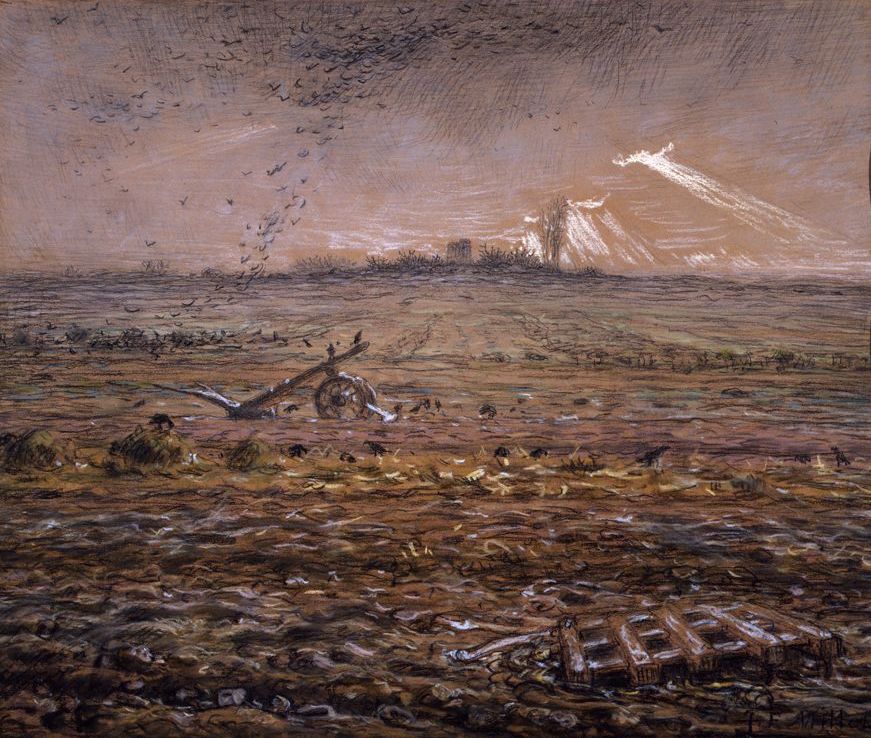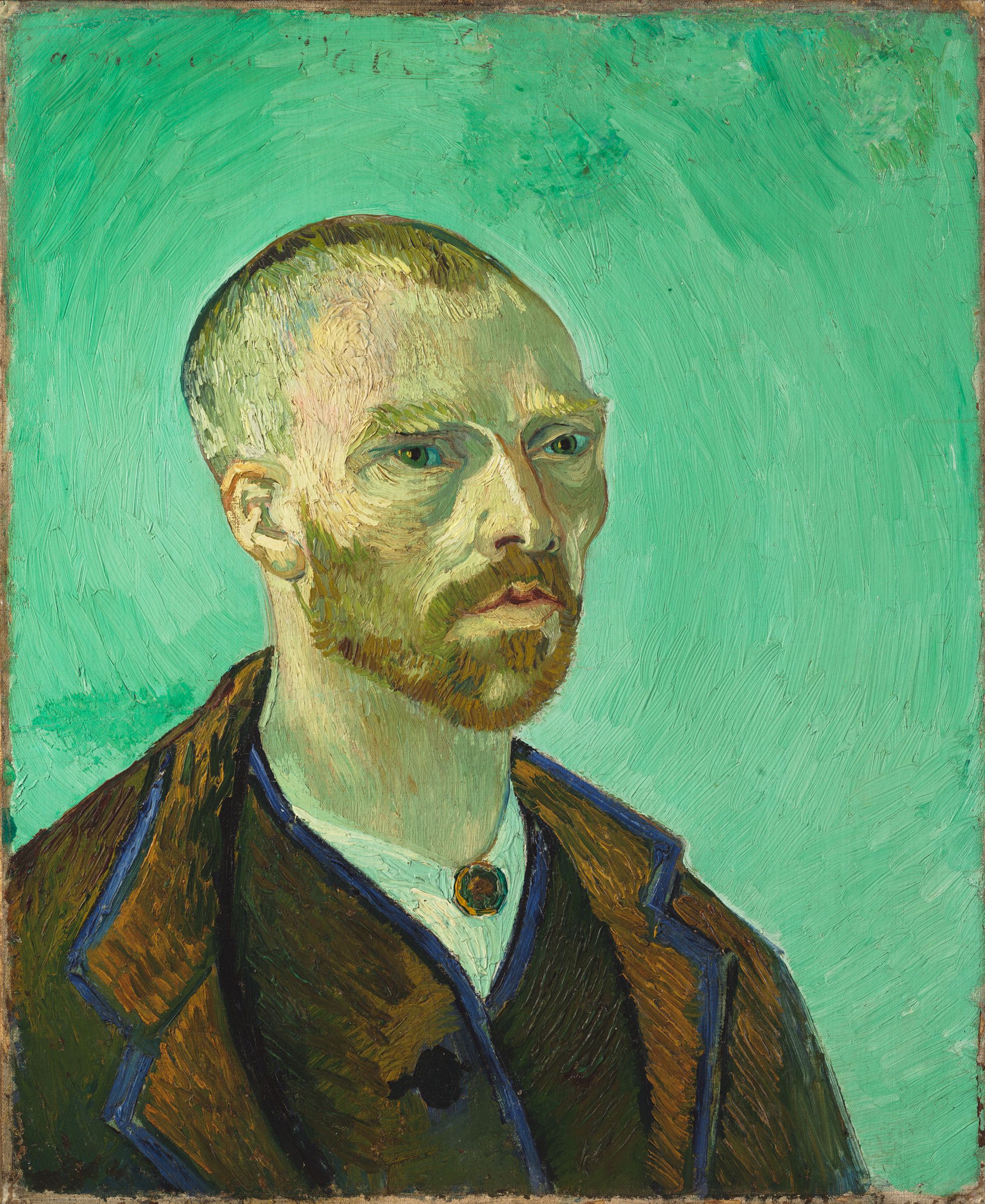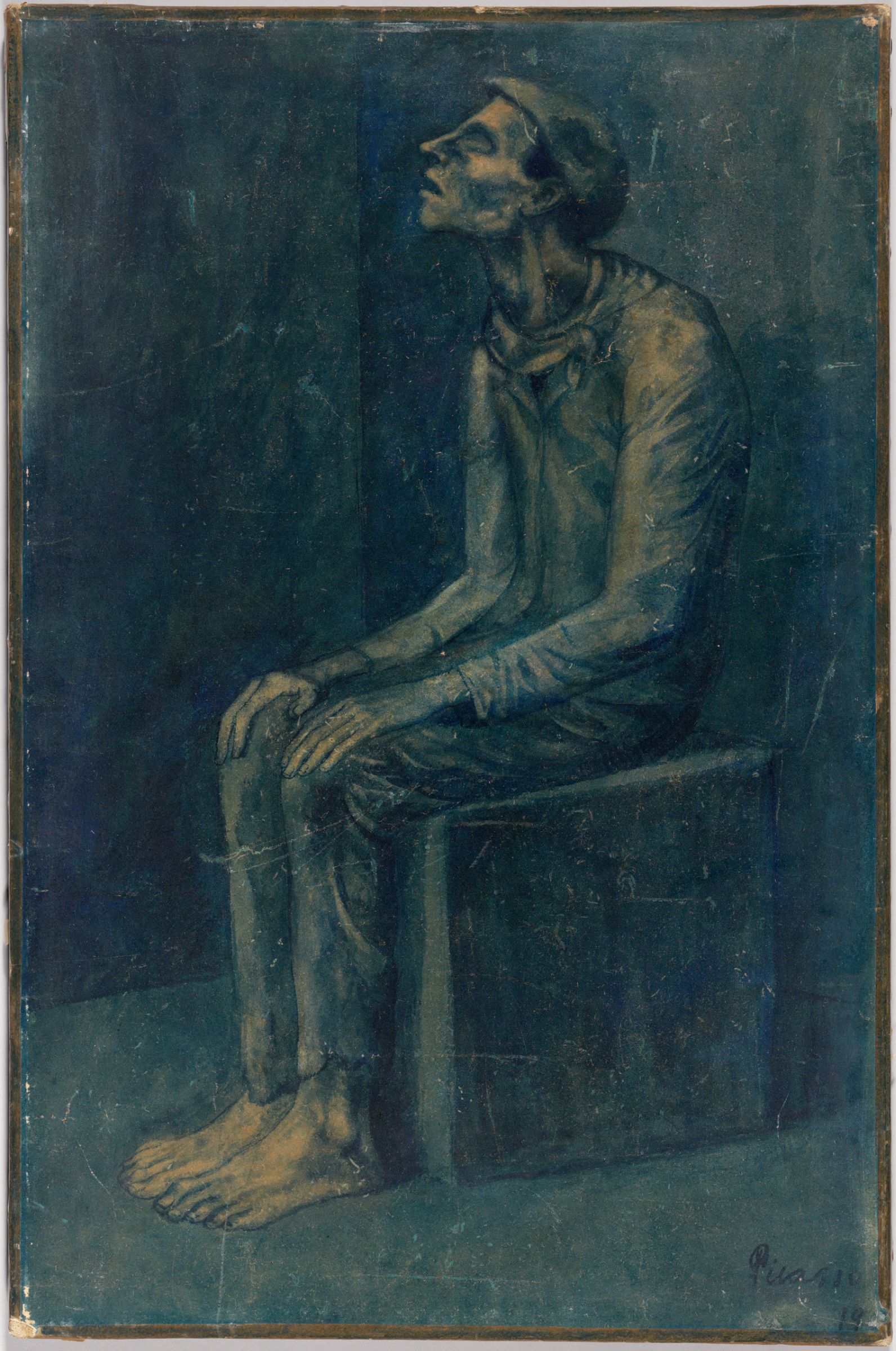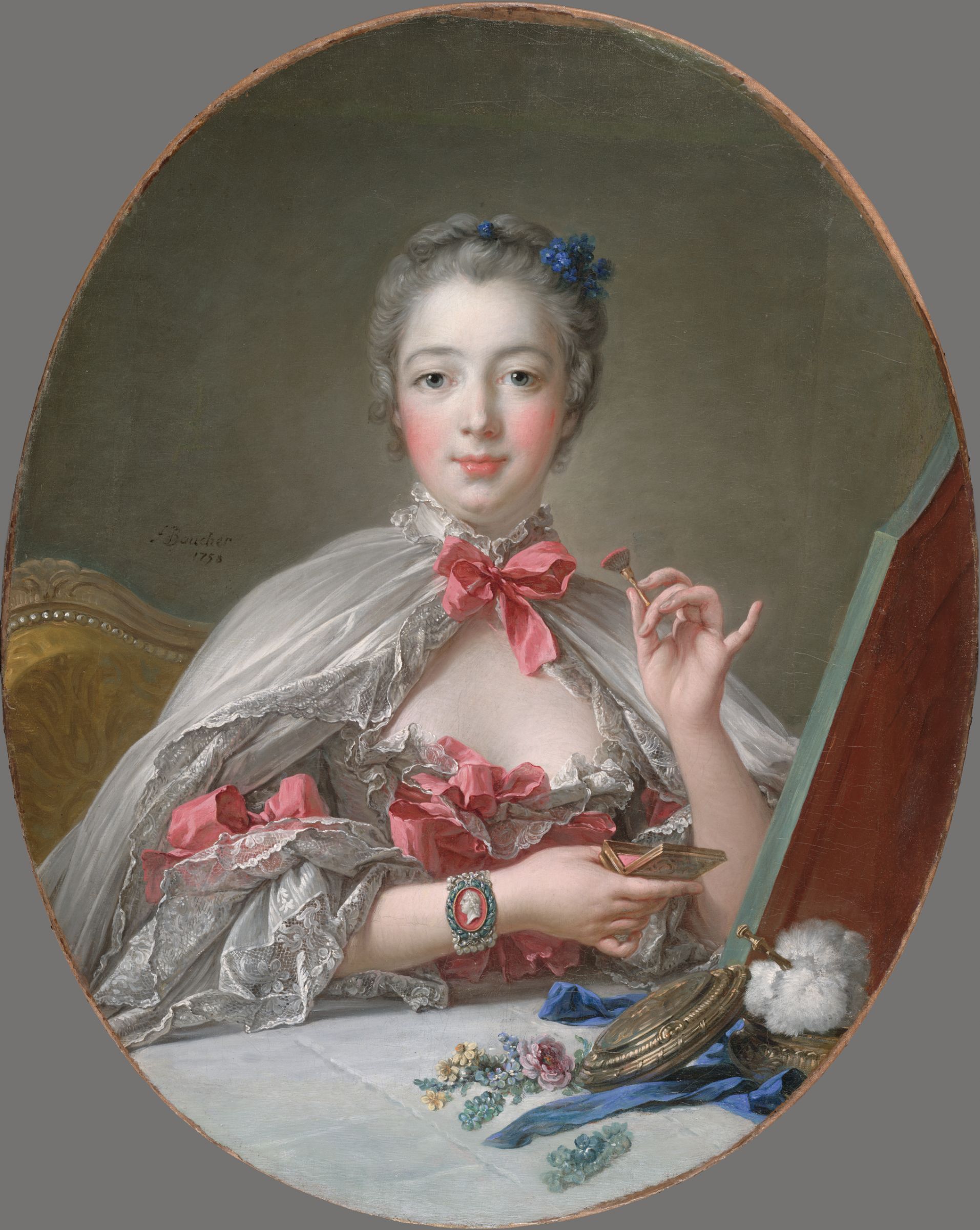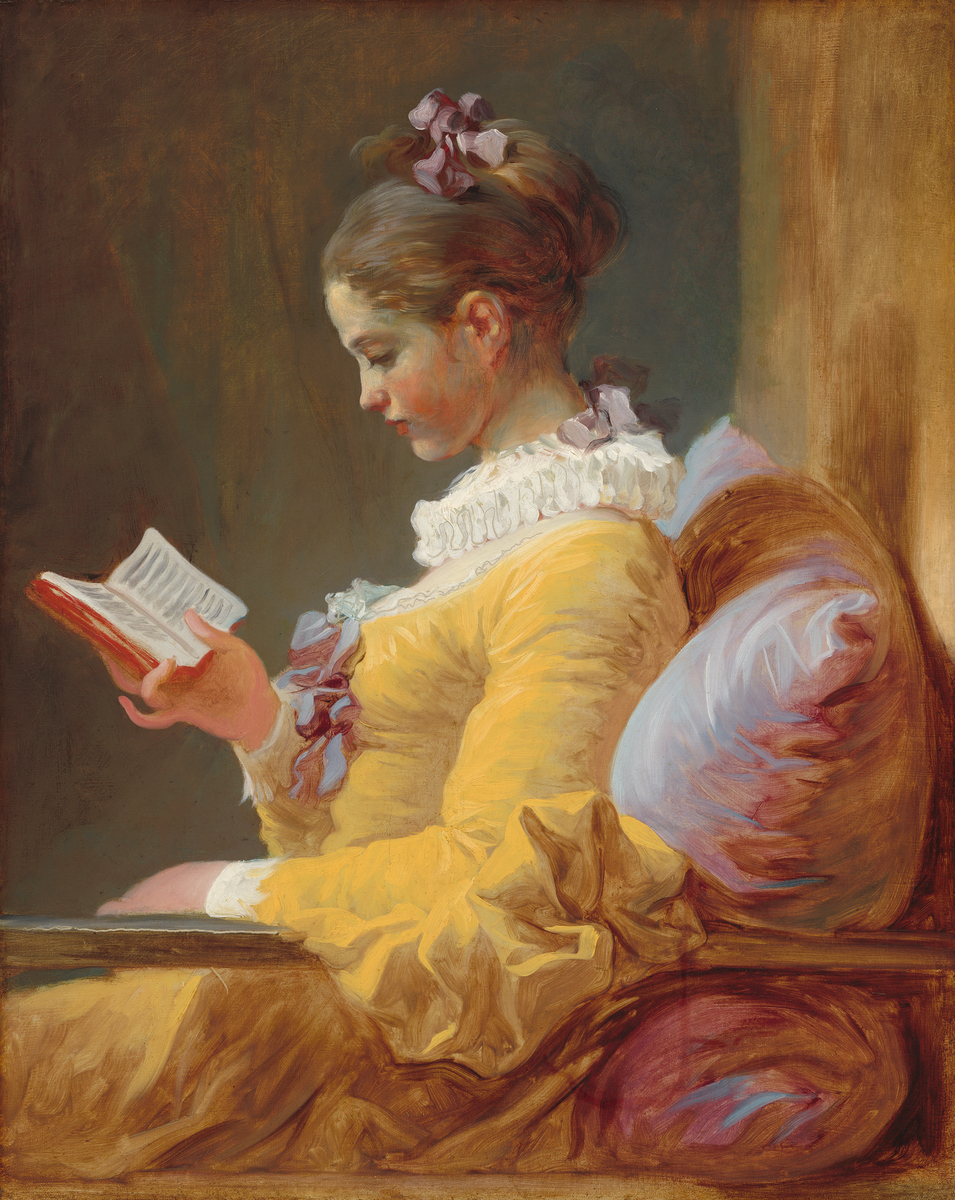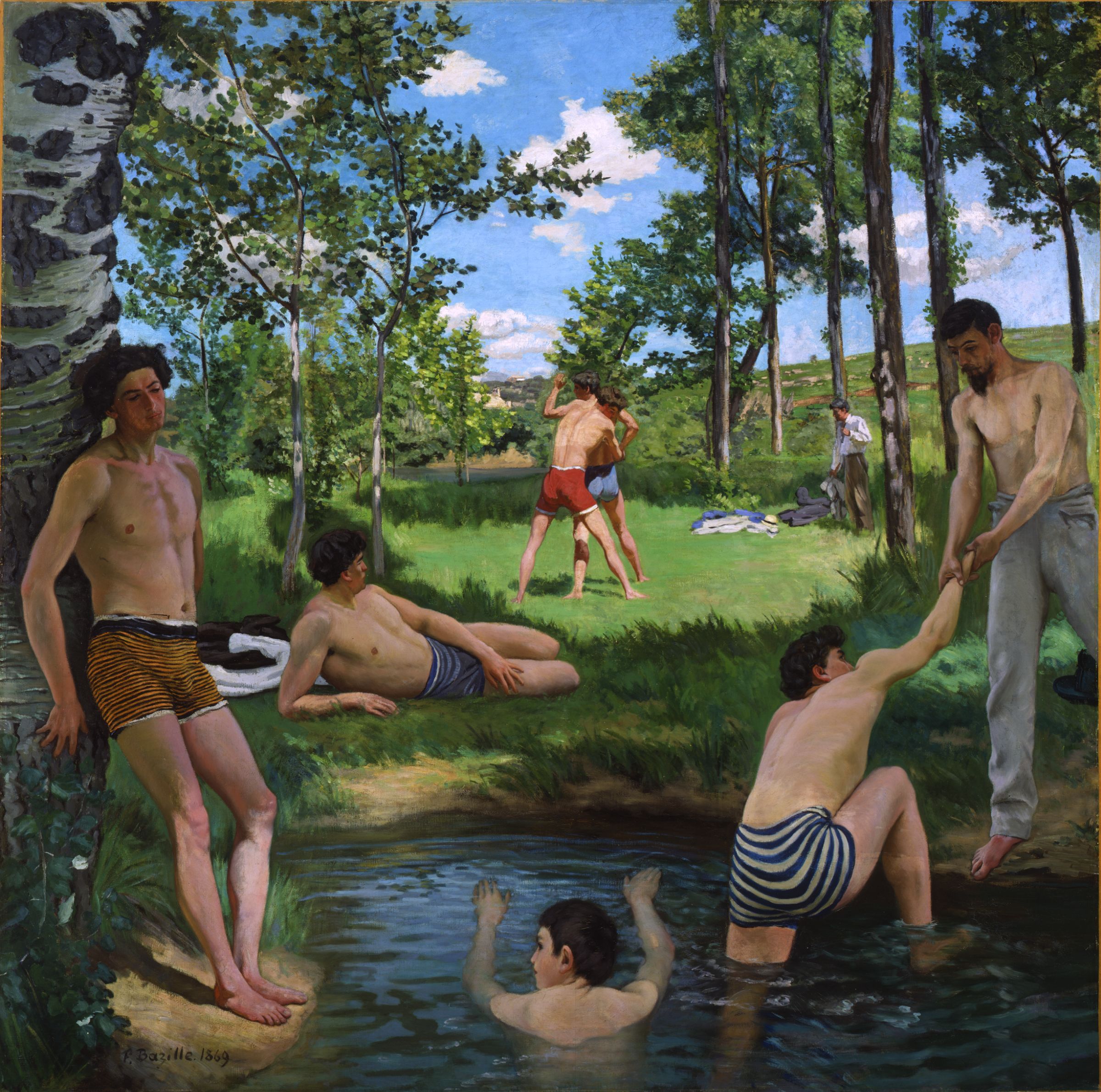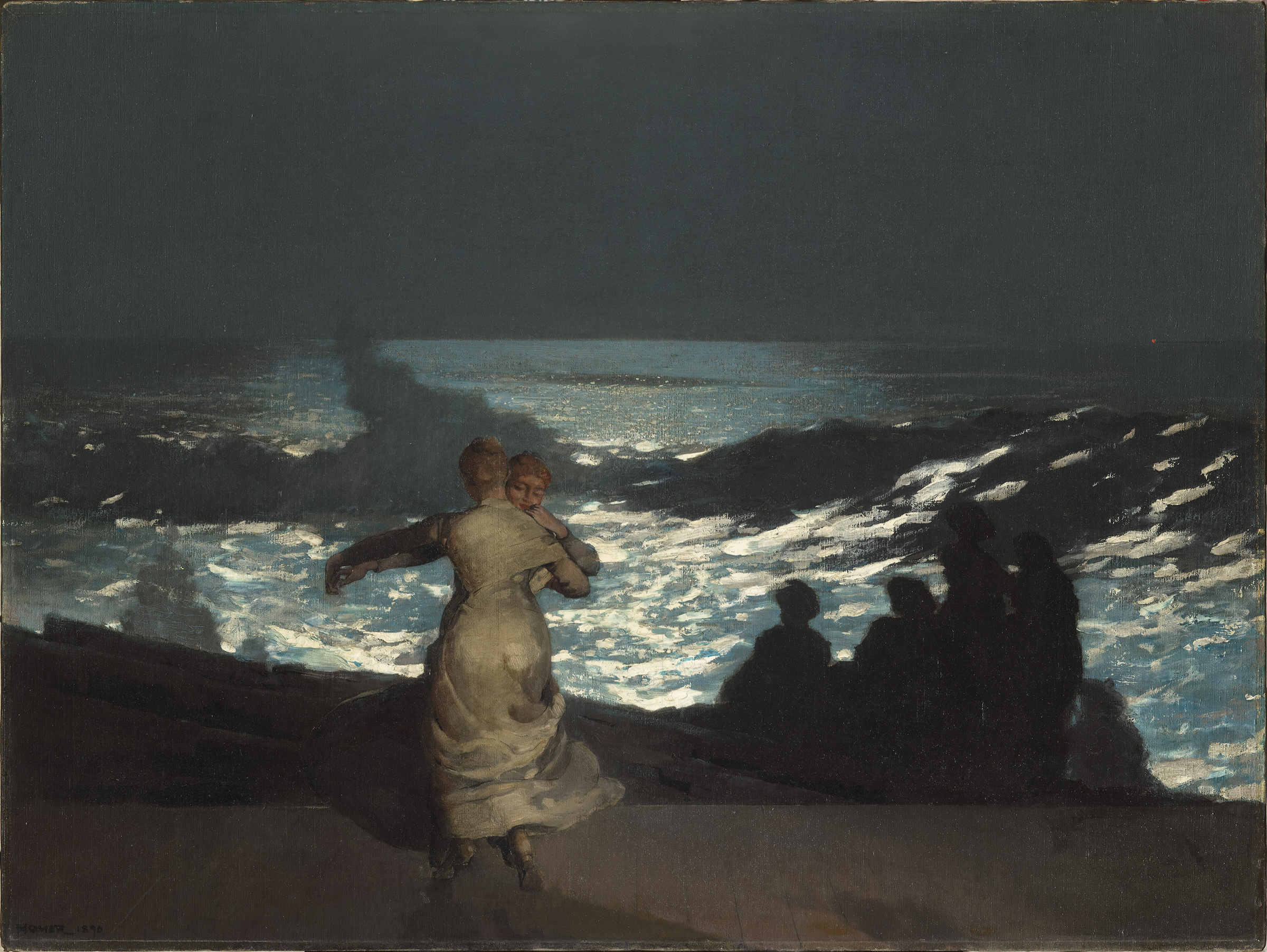What’s better than viewing iconic works from our collections? Perhaps it’s seeing outstanding objects on loan to the Harvard Art Museums from prestigious peer institutions.
Over the past few years, we have been fortunate to exchange high-profile art with a number of other museums. These reciprocal loan arrangements often come about through peer institutions’ requests to borrow works from our collections for use in special exhibitions. In some of those cases, the Harvard Art Museums have an opportunity to borrow a work from the requesting institution. The result is a treat for our galleries—and our visitors.
In our latest “swap,” we lent one of our most famous paintings, Vincent van Gogh’s Self-Portrait Dedicated to Paul Gauguin (1888), to the exhibition Van Gogh & Japan, organized by the Van Gogh Museum in Amsterdam. This once-in-a-lifetime exhibition has been lauded for the way it explores the Dutch artist’s fascination with Japanese art, despite his never having set foot in Japan.
In return, the Van Gogh Museum lent the Harvard Art Museums Van Gogh’s painting Snow-Covered Field with a Harrow (after Millet) (1890). He painted the landscape after French artist Jean-François Millet, whose work he greatly admired. Snow-Covered Field will be on view in Gallery 2700 through July 11. (Be sure to check our calendar for upcoming gallery talks and a lecture focused on the painting.)
Besides being a visually arresting painting in shades of blue and violet, Snow-Covered Field helps the museums present a side of Van Gogh’s work that had not previously been shown in our galleries. “We don’t have a pure Van Gogh landscape painting,” said A. Cassandra Albinson, the Margaret S. Winthrop Curator of European Art, who helped arrange the exchange. “This was a chance to secure one for our viewers.”
In addition, showing the work allows us “to teach visitors about Van Gogh’s late career,” she said. In fact, at the time the famously troubled artist painted Snow-Covered Field, he was a patient at a health clinic in southern France. In hopes of helping him regain inspiration, Van Gogh’s brother Theo sent him a black-and-white print based on Millet’s Winter (The Plain of Chailly). One example of a Millet pastel of the same subject is part of the Harvard Art Museums’ collections—and is now being shown next to Van Gogh’s interpretation. It is possible that Van Gogh saw this very pastel in Paris, earlier in his career, Albinson said. The side-by-side presentation adds important context to the artist’s painting and may prompt visitors to ponder the relationship between the two works.

